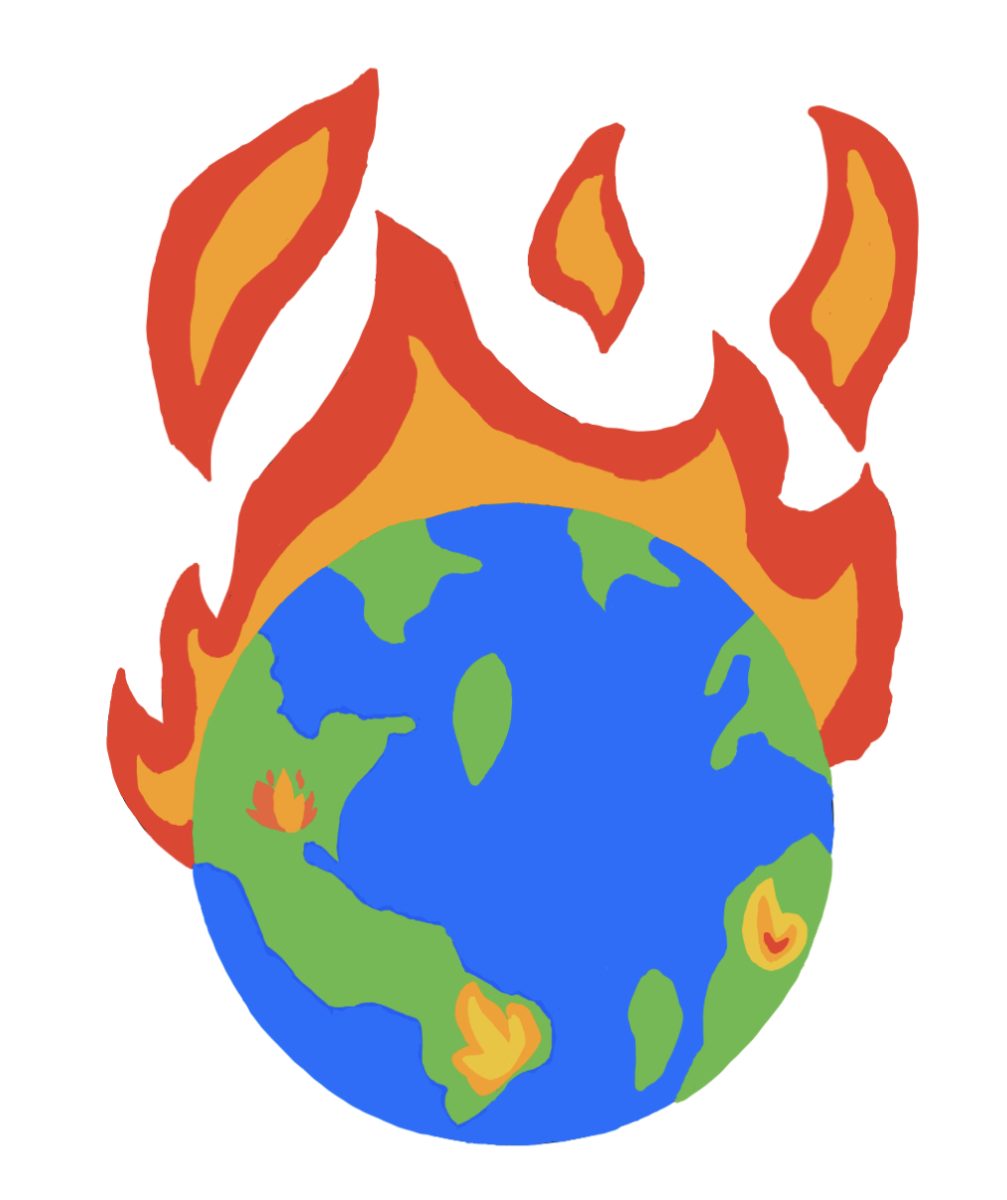A hazy mist blankets the landscape as far as the eye can see, accompanied by an orange tinge in the horizon. At first glance, it appears to be a foggy morning sunrise; however, the clock reads 2:00 pm, and upon taking a step outside, the scent of smoke grows stronger by the second. The scene feels almost dystopian, but to many eastern and midwestern cities it was a terrifying reality—-an unwanted side effect of the roaring wildfires up north.
The concept of devastating fires is nothing new. From the 1881 Thumb Fire in Michigan—one of the largest recorded U.S. wildfires that burned about one million acres of land and claimed at least 282 lives—to the 2021 Dixie Fire in California—which earned its spot as the second largest California wildfire due to the severe drought and temperatures—fires have afflicted the United States for hundreds of years (15 Largest Wildfires in US History). However, in recent years, the fires that arise have become more frequent, deadly and uncontrollable.
While in many instances these fires arise from simple human recklessness, the increase in the severity of wildfires has been fueled by the ever-growing climate crisis. An article by The World Economic Forum describes how due to climate change, summer wildfire seasons are on average 40 to 80 days longer than they were 30 years ago. This combined with more prominent droughts and extreme weather—such as winds and lightning—have laid out all the essential ingredients for hazardous fires.
Environmental scientist from the University of Michigan, Paige Fischer, shared with NPR that “Increasing heat and declining moisture from human-caused climate change are the mechanisms people should be thinking about.”
Now in 2023, the inaction of world governments to take measures against climate change has become as clear as ever in the form of smoky clouds and burning bushes. The fires in Canada’s boreal forests—which started in the spring of 2023 and have yet to cease—have been some of the worst that the country has seen.
Quinn Barber, a fire science analyst at the Canadian Forest Services in Alberta, stated that these wildfires have claimed 25 million acres of land, or “an area larger than the country of Portugal.”
The side effects of the fires proved equally as detrimental as they have “released 290 million tons of carbon, doubling a previous annual record,” according to an article by Global News. Additionally, the smoke that trickled down to the U.S. created hazardous air quality conditions that caught Americans off guard and forced them to alter their routines in order to stay clear of the toxic air.
It’s easy to feel hopeless when the world is quite literally going up in flames, but these disasters should serve as a sign that there must be a change. Being aware of how individual and large-scale environmental practices affect the earth is the important first step in dousing the fire. By analyzing our own habits and reducing the negative impact we have on the environment, as well as encouraging governments to implement their own environmentally friendly practices and legislations, we can reduce the effects that climate change has on the natural environment and control the deterioration of the earth.









